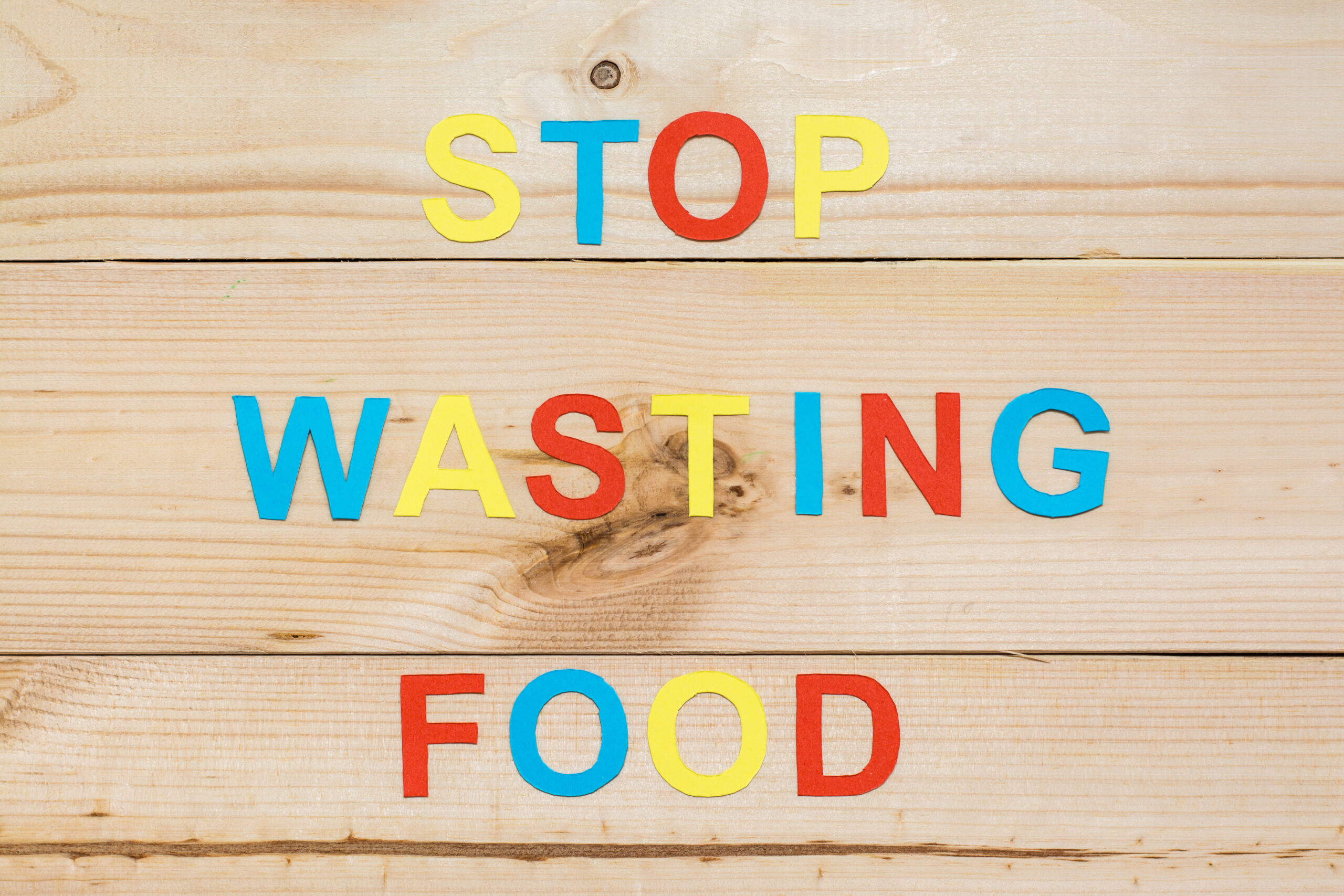Despite rising commodity costs, Unilever managed to record five percent underlying sales growth in its second-quarter results. The company recorded 6.8 percent underlying sales growth in its food and refreshments sector, ahead of beauty and personal care (up 4.2 percent) and home care (up 3.2 percent). So how did the owner of Ben & Jerry’s, Marmite and Hellmann’s maintain positive growth and what lies ahead for the consumer goods giant?
A surge in at-home eating and pantry stocking during COVID-19 lockdowns allowed Unilever to cut back on spending in certain areas, like marketing and store promotions. This boosted margins, with the company reporting underlying operating margins of 17 percent in food and refreshments in 2020. Unilever also reached its goal of doubling the proportion of its portfolio that meets the Highest Nutritional Standards, which now stands at 61 percent.
As most food and beverage brands can attest, the pandemic threw a wrench into normal operations, specifically supply chain management. Even though Unilever does not exclusively sell food and beverage products, it was not immune from pandemic-related disruptions. But now that operations are beginning to return to normal, costs are rising and consumers may experience price hikes at the retail level.
Rising commodity costs for everything from tea and nuts to plastic and gas in the first half of 2021 have investors and consumers wondering whether margins will continue to rise in the second half of the year. Many factors are driving higher costs of raw materials, including ultra-strong consumer demand and continued supply chain bottlenecks, the Wall Street Journal reported.
Giovanni Staunovo, commodity analyst at UBS Group AG told BNN Bloomberg, “The most important drivers supporting commodity prices are the global economic recovery and acceleration in the reopening phase.”
While Unilever raised tea prices in high-inflation Latin American countries by one percent to help offset growing commodity costs, the impact is unlikely to be felt until later this year. This delay in revenue will leave Unilever with a hefty first-half commodities bill.
As for its tea business, including brands Tazo, Pukka Herbs and T2, Unilever said that the operational separation of the business is “substantially complete” following a strategic review process announced last year. The next phase for the business is expected to be either an initial public offering (IPO), sale or partnership.
Maintaining a solid customer base, despite raising prices, will also help recover costs and keep margins at bay. One way Unilever hopes to achieve this is by introducing carbon footprint labels on its products. The company will be piloting carbon labels on a select range of its nearly 75,000 products in the US and Europe by the end of 2021, making it the first move by a global player to do so.
“Our market research shows that younger consumers especially are very impacted by climate change and are keen to use their buying behavior to send a message,” Marc Engel, Unilever’s head of global supply chain, told the Independent. “We intend to roll out carbon labels on our entire product range over the next two to five years and believe it will transform not only the actions of consumers, but of the thousands of businesses in our supply chain as well.”
While Unilever and other food and beverage companies cannot control the rising costs of commodities, they can regulate the other costs that go into their supply chain, including manufacturing costs, transportation costs and labor costs. Focusing on these areas of cost control will enable Unilever to strategically plan for the future.












Join or login to leave a comment
JOIN LOGIN